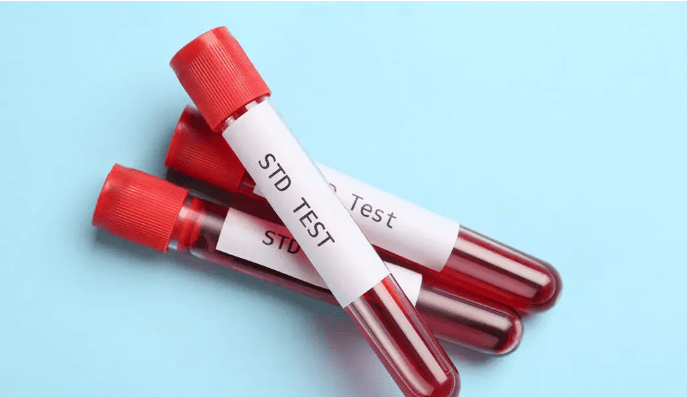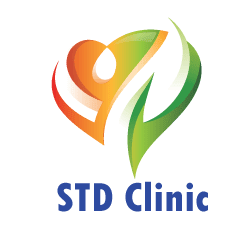Understanding Common STDs: Symptoms, Causes, and Treatments

Sexually transmitted diseases (STDs) are infections transmitted through sexual contact. Understanding the symptoms, causes, and treatments for common STDs can help in early detection and effective management.
1. Chlamydia
- Symptoms: Often asymptomatic; when present, symptoms include genital pain and discharge.
- Causes: Caused by the bacterium Chlamydia trachomatis.
- Treatment: Antibiotics such as azithromycin or doxycycline.
2. Gonorrhea
- Symptoms: Painful urination, abnormal discharge, and in women, pelvic pain.
- Causes: Caused by the bacterium Neisseria gonorrhoeae.
- Treatment: Antibiotics, typically ceftriaxone and azithromycin.
3. Syphilis
- Symptoms: Divided into stages; symptoms range from sores to rashes to severe health issues if untreated.
- Causes: Caused by the bacterium Treponema pallidum.
- Treatment: Penicillin, particularly effective in early stages.
4. Herpes
- Symptoms: Painful blisters or sores on the genitals or mouth.
- Causes: Caused by herpes simplex virus (HSV-1 or HSV-2).
- Treatment: Antiviral medications like acyclovir, though herpes is not curable.
5. HIV/AIDS
- Symptoms: Flu-like symptoms initially, progressing to severe immune system damage.
- Causes: Caused by the human immunodeficiency virus (HIV).
- Treatment: Antiretroviral therapy (ART) to manage the infection.
Early detection and treatment are key to managing STDs effectively. Regular screenings and practicing safe sex can significantly reduce the risk of transmission.
